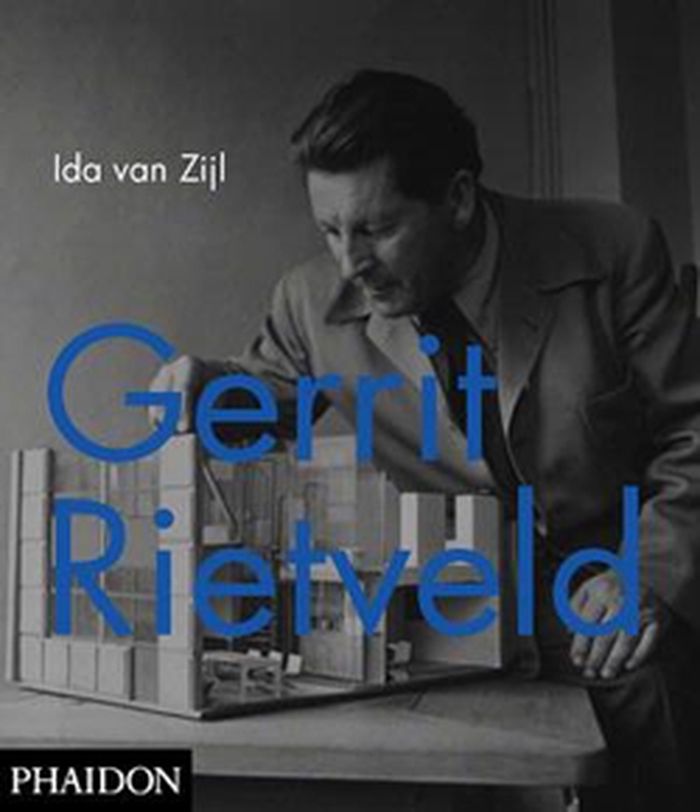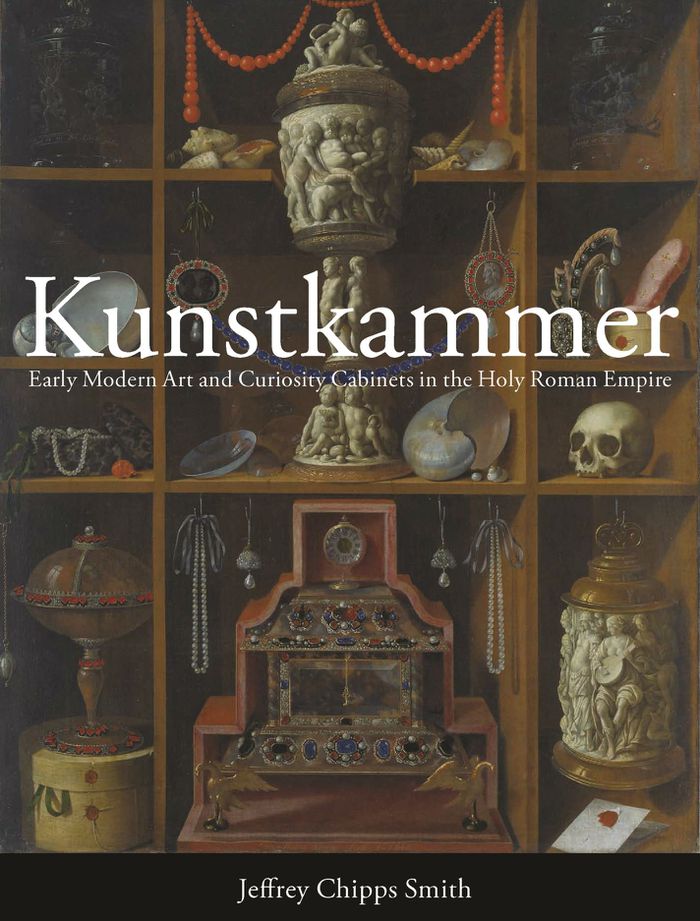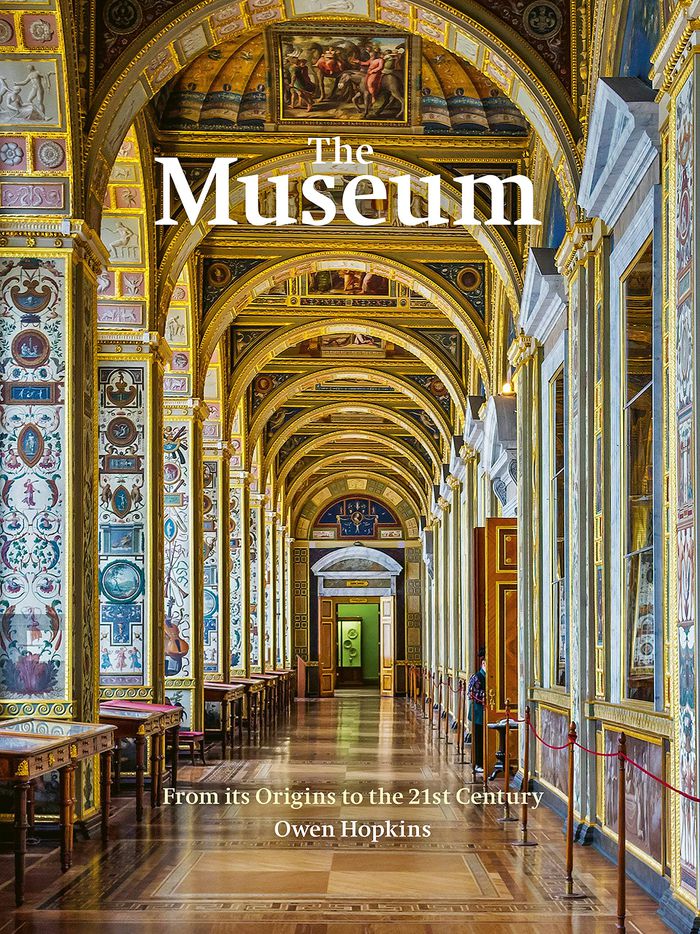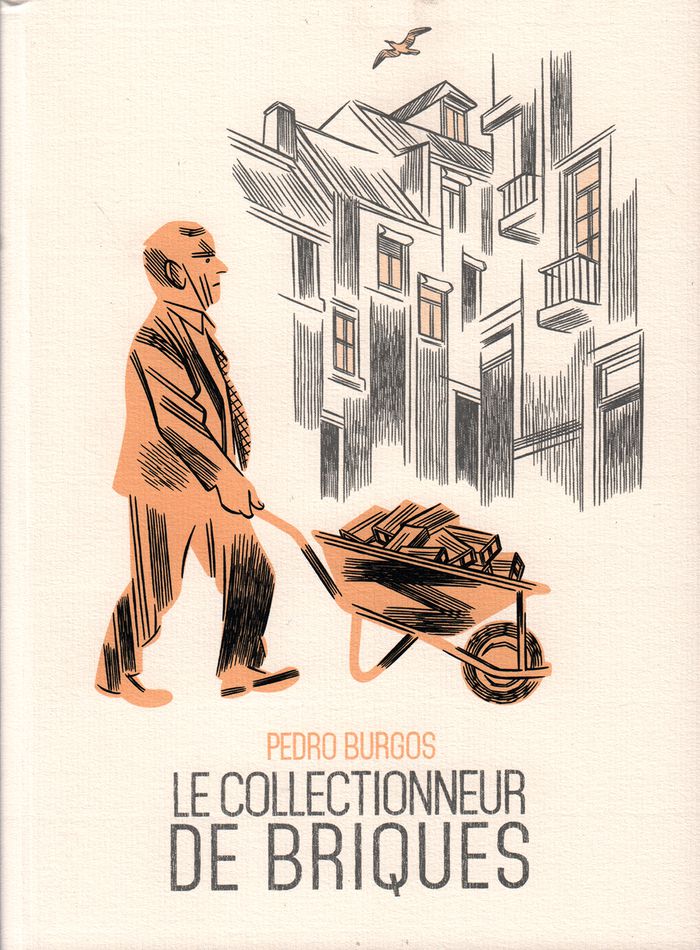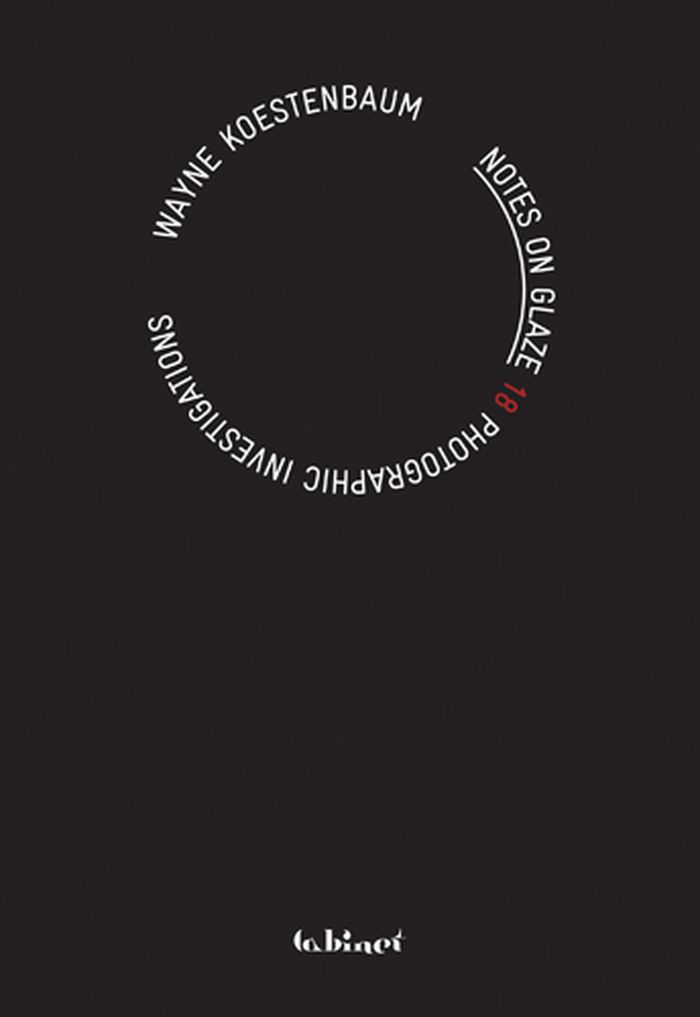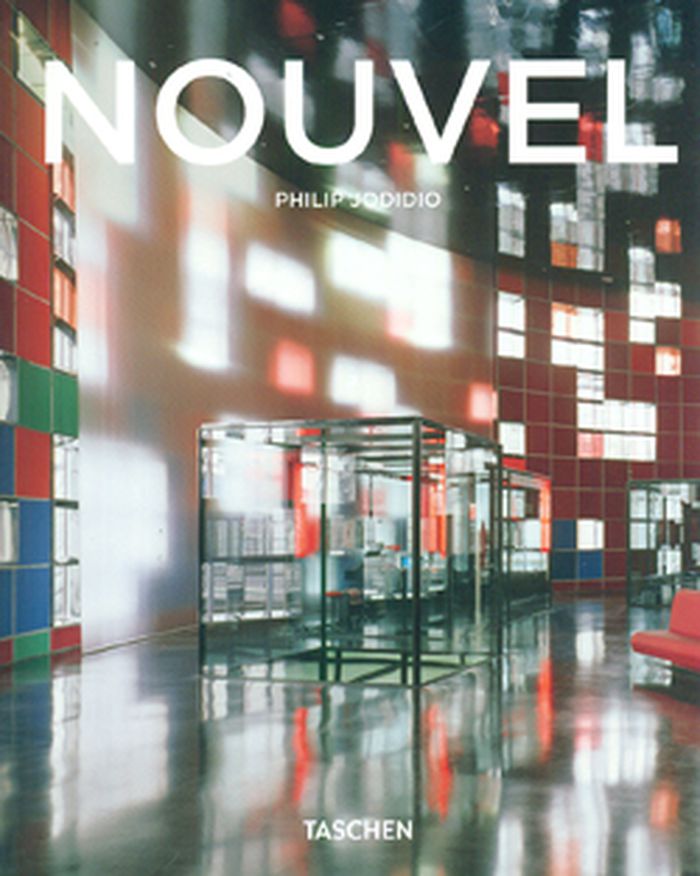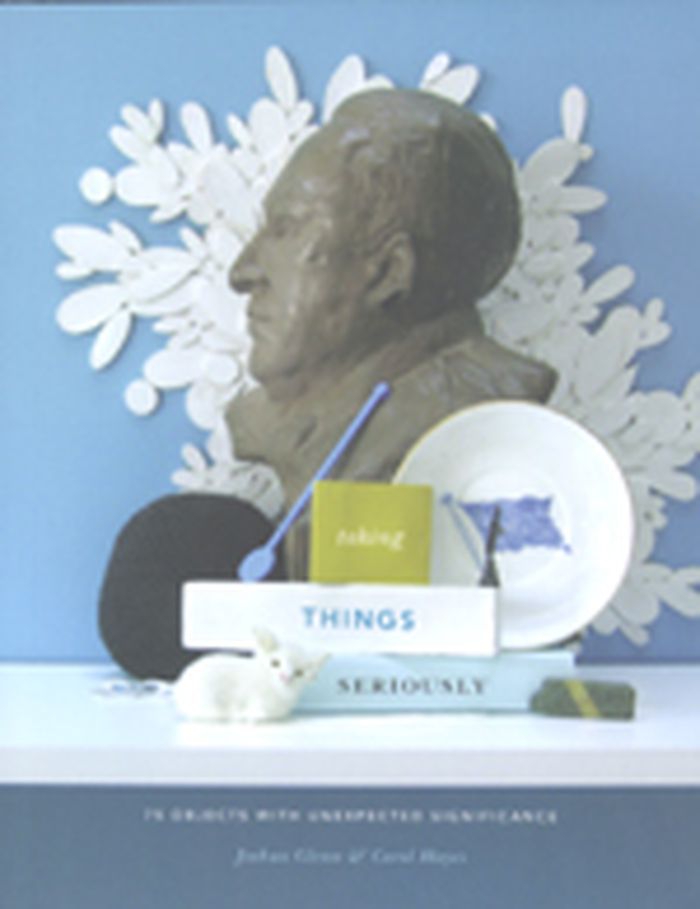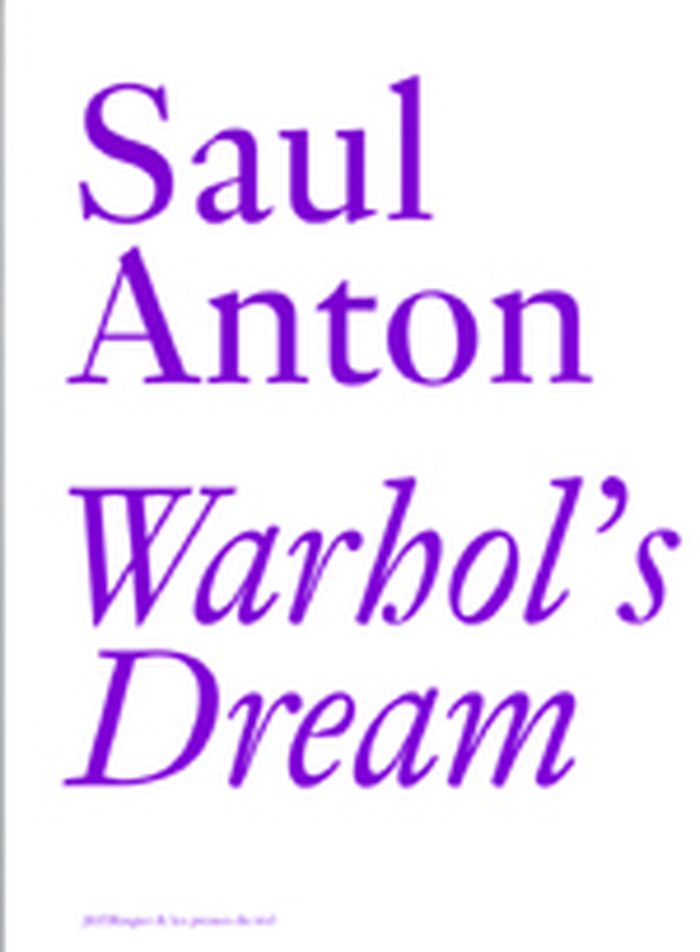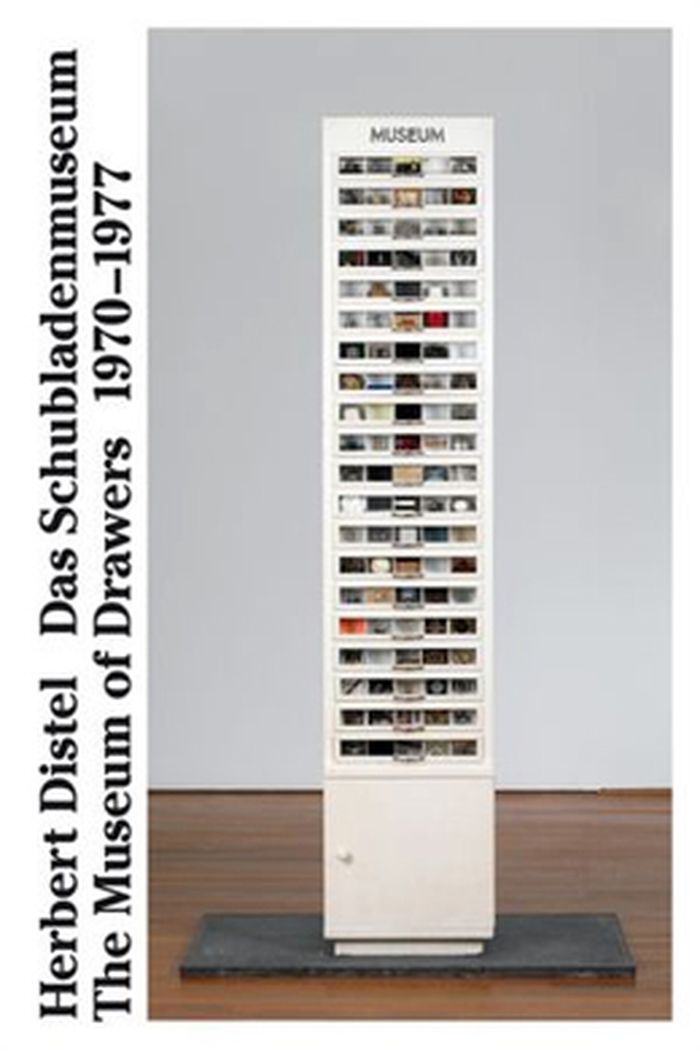Gerrit Rietveld
$79.95
(available to order)
Summary:
From his first great design masterpiece, the Red-Blue Chair, to his final design for the Van Gogh Museum in Amsterdam, Gerrit Rietveld created a significant body of work and left a remarkable legacy. His simple yet dynamic design style has greatly affected international furniture design and has made a significant contribution to the history of architecture. His(...)
Architecture Monographs
October 2010
Gerrit Rietveld
Actions:
Price:
$79.95
(available to order)
Summary:
From his first great design masterpiece, the Red-Blue Chair, to his final design for the Van Gogh Museum in Amsterdam, Gerrit Rietveld created a significant body of work and left a remarkable legacy. His simple yet dynamic design style has greatly affected international furniture design and has made a significant contribution to the history of architecture. His unconventional approach and extraordinary furniture, hailed by Theo van Doesburg as 'the new sculpture', inspired many of his contemporaries just as it continues to inspire today's designers; he has he has been cited as a source of inspiration by designers ranging from Verner Panton to Konstantin Grcic. This monograph is structured chronologically and illustrated with photographs and sketches of Reitveld's furniture design and his twenty-odd architectural projects. Following Rietveld from his humble beginnings as a cabinet-maker to his final years as a world-renowned architect, this book will present both his lesser-known work and his most celebrated.
Architecture Monographs
$70.00
(available to order)
Summary:
Kunstkammer, art and curiosity cabinets housed in a dedicated room or suite of chambers, were often filled with thousands of diverse and sometimes shocking objects reflecting the bounty of nature and human creativity. These could range from a cherry pit carved with dozens of faces to an intricate drinking cup fashioned from a rhinoceros horn. Whether as a setting for(...)
Kunstkammer: Early modern art and curiosity cabinets in the Holy Roman Empire
Actions:
Price:
$70.00
(available to order)
Summary:
Kunstkammer, art and curiosity cabinets housed in a dedicated room or suite of chambers, were often filled with thousands of diverse and sometimes shocking objects reflecting the bounty of nature and human creativity. These could range from a cherry pit carved with dozens of faces to an intricate drinking cup fashioned from a rhinoceros horn. Whether as a setting for personal contemplation or as a manifestation of the wealth and prestige of its owners, these proto-museums dazzled visitors of the time. This book offers the first in-depth comparative examination of the history, theory, organization, and character of the major Kunstkammern in the Holy Roman Empire.
Art Theory
$79.95
(available to order)
Summary:
This book is split into six chapters that proceed more or less chronologically. It begins by exploring the origins of the museum both as a cultural phenomenon and as a particular type of space. Central to this, as the first chapter explores, was the ‘princely collection’, that is, collections of painting and sculpture assembled by royalty and the nobility across Europe(...)
The Museum : from its origins to the 21st century
Actions:
Price:
$79.95
(available to order)
Summary:
This book is split into six chapters that proceed more or less chronologically. It begins by exploring the origins of the museum both as a cultural phenomenon and as a particular type of space. Central to this, as the first chapter explores, was the ‘princely collection’, that is, collections of painting and sculpture assembled by royalty and the nobility across Europe that began during the Renaissance and continued during the seventeenth and eighteenth centuries. Although varying both in extent and artistic focus, the motivations driving the establishing of these early collections generally derived from their creators’ desires to fashion learned and enlightened images of themselves and their courts. With some exceptions, admission to these collections was limited to the social elite and those that they were trying to impress. The idea that collections should be open to a wider social group began to emerge during the eighteenth century with the advent of the wunderkammer, or cabinet of curiosities. These contained not just works of art, but all manner of objects, from natural history specimens to religious or cult artefacts, and everything in between.
Museums and Universal Exhibitions
Le collectionneur de briques
$19.95
(available to order)
Summary:
Après la faillite de son cabinet, Valerio, un architecte, devient la curiosité de son quartier en érigeant une singulière tour de briques au motif encore plus incompréhensible. Au-delà des manifestations de compassion ou de crainte des voisins, l’édifice du vieil homme renvoie un déconcertant constat : celui de la déconstruction de nos villes, de nos sociétés, et de la(...)
Le collectionneur de briques
Actions:
Price:
$19.95
(available to order)
Summary:
Après la faillite de son cabinet, Valerio, un architecte, devient la curiosité de son quartier en érigeant une singulière tour de briques au motif encore plus incompréhensible. Au-delà des manifestations de compassion ou de crainte des voisins, l’édifice du vieil homme renvoie un déconcertant constat : celui de la déconstruction de nos villes, de nos sociétés, et de la dislocation de nos vies modernes. Tandis que son gendre, agent immobilier, mène d’intenses tractations pour revendre l’immeuble familial, on en vient à se demander où commence la folie quand elle se bâtit au milieu d’un austère champ de ruines. Une perspective biaisée où économie, police, mais aussi famille et lien social, semblent tous glisser le long d’un fil à plomb... Sur un fond de crise économique, l’histoire romantique et singulière de Valerio, aidé par Chiara, une bénévole du samu social lisboète, nous parle du déclassement des citoyens européens à l’heure de la dégradation de nos conditions de vie, alimentée par une mondialisation nivelant par le bas. Poétique, tragique mais combatif.
Illustration
$32.50
(available in store)
Summary:
In the spring of 2010, the Brooklyn-based quarterly magazine Cabinet invited poet and cultural critic Wayne Koestenbaum to begin writing a regular column. Entitled "Legend," the column had a highly unusual premise. Every three months, the editors of the magazine would ask Koestenbaum to write one or more extended captions for a single photograph with which they had(...)
Notes on glaze: 18 photographic investigations
Actions:
Price:
$32.50
(available in store)
Summary:
In the spring of 2010, the Brooklyn-based quarterly magazine Cabinet invited poet and cultural critic Wayne Koestenbaum to begin writing a regular column. Entitled "Legend," the column had a highly unusual premise. Every three months, the editors of the magazine would ask Koestenbaum to write one or more extended captions for a single photograph with which they had provided him; drawn from obscure vernacular, commercial and scientific sources, all of the images were unfamiliar to the author. After 18 installments, Koestenbaum concluded his column in the winter of 2015. 'Notes on Glaze', featuring an introductory essay by the author, collects all the "Legend" columns, as well as their accompanying photographs. Refusing the distancing language of critical disinterest, Koestenbaum’s columns always locate the author in intimate proximity to the subjects portrayed in the photographs and to the impossibly variegated cast of characters—ranging from Debbie Reynolds to Duccio, the Dalai Lama to Barbra Streisand; from Hegel to Pee-wee Herman, and Emily Dickinson to Cicciolina—that pass through these texts.
Theory of Photography
$13.95
(available to order)
Summary:
Jean Nouvel, lauréat du prix Pritzker en 2008, est considéré comme l'architecte français actuel le plus original et important. Il a débuté aux côtés des grands Claude Parent et Paul Virilio, entre 1967 et 1970, avant d'ouvrir son propre cabinet à Paris. Il a remporté son premier succès critique avec l'Institut du Monde Arabe, à Paris (1981-87). Depuis, il a notamment(...)
Nouvel
Actions:
Price:
$13.95
(available to order)
Summary:
Jean Nouvel, lauréat du prix Pritzker en 2008, est considéré comme l'architecte français actuel le plus original et important. Il a débuté aux côtés des grands Claude Parent et Paul Virilio, entre 1967 et 1970, avant d'ouvrir son propre cabinet à Paris. Il a remporté son premier succès critique avec l'Institut du Monde Arabe, à Paris (1981-87). Depuis, il a notamment signé l'Opéra de Lyon et la Fondation Cartier (Paris). Comptent parmi ses plus importants projets réalisés depuis l'an 2000 le Centre de Culture et de Congrès de Lucerne, en Suisse, la spectaculaire Tour Agbar de Barcelone, le Musée du quai Branly à Paris, le Guthrie Theater de Minneapolis, dans le Minnesota et l'Hôtel Sofitel Vienna Stephansdom avec son centre commercial. Jean Nouvel s'est vu décerner la médaille d'or royale du RIBA (Royal Institute of British Architects). À l'occasion de cette distinction, Peter Cook a salué les créations de Nouvel: «Dans une époque de fadeur, d'imitation et de doute, son oeuvre brille toujours par son évidence et sa finesse, son originalité et son lyrisme.»
Architecture Monographs
$19.95
(available to order)
Summary:
We all have something in our lives that while not obviously valuable, is displayed as though it were a precious and irreplaceable artifact. Inquire about the object's provenance and you'll likely be treated to a lively anecdote about how it came into your host's possession. Keep digging, and you might even crack the code of what the thing really means. "Taking things(...)
Taking things seriously : 75 objects with unexpected significance
Actions:
Price:
$19.95
(available to order)
Summary:
We all have something in our lives that while not obviously valuable, is displayed as though it were a precious and irreplaceable artifact. Inquire about the object's provenance and you'll likely be treated to a lively anecdote about how it came into your host's possession. Keep digging, and you might even crack the code of what the thing really means. "Taking things seriously" is a wonder cabinet of seventy-five unlikely thingamajigs that have been invested with significance and transformed into totems, talismans, charms, relics, and fetishes : scraps of movie posters scavenged from the streets of New York by Low Life author Luc Sante; the World War I helmet that inoculated social critic Thomas Frank against jingoism; the trash-picked, robot-shaped hairdo machine described by its owner as a chick magnet; the bagel burned by actor Christopher Walken, moonlighting as a short-order cook. The owners of these objects convey their excitement in short, often poignant essays that invite readers to participate in the enjoyable act of interpreting things. You'll never look at the bric-a-brac on your shelves the same way again.
Industrial Design
Warhol's dream
$26.00
(available to order)
Summary:
"12 February 1972--I had slept badly. I decided to go out for breakfast, but when I got down to the street, there was no one there, and I thought, Andy, you must be still dreaming. It was like New York at eight in the morning on New Year's Day. Completely deserted. Everything shut. It's my favorite time to be out, actually. I decided to go to my favorite diner, the Star(...)
Art Theory
January 1900, Paris Zurich
Warhol's dream
Actions:
Price:
$26.00
(available to order)
Summary:
"12 February 1972--I had slept badly. I decided to go out for breakfast, but when I got down to the street, there was no one there, and I thought, Andy, you must be still dreaming. It was like New York at eight in the morning on New Year's Day. Completely deserted. Everything shut. It's my favorite time to be out, actually. I decided to go to my favorite diner, the Star Palace, on 37th and Madison. And there, sitting alone at the window was, believe it or not, Robert Smithson, who I've met a few times. They all think he's a genius. But I still can't get through the stuff he writes in Artforum. I get a headache almost right away." Saul Anton, an Editor-at-Large at Cabinet magazine who has written for Salon and Artforum, among other publications, describes an imaginary encounter between Robert Smithson and Andy Warhol, drifting together for a day through an empty New York City, talking about entropy, glamour, science fiction, cinema and the art of their times. Published in conjunction with les Presses du reel, this highly informative and witty essay on both artists' works in the form of a fiction could be considered a contemporary Platonic Symposium.
Art Theory
books
$34.95
(available to order)
Summary:
Comme Bernard Palissy, Hugues Sambin relève du mythe. Certes, sa vie ne fut pas transformée en légende, mais on sent la même intensité vitale, la même soif de recherches, le refus de se laisser cantonner dans un domaine trop étroit, qui le conduisirent à se faire tour à tour menuisier, dessinateur, graveur, ingénieur militaire, hydraulicien, et architecte. L'acquisition(...)
October 2001, Paris
Hugues Sambin : un créateur au XVIè siècle (vers 1520-1601)
Actions:
Price:
$34.95
(available to order)
Summary:
Comme Bernard Palissy, Hugues Sambin relève du mythe. Certes, sa vie ne fut pas transformée en légende, mais on sent la même intensité vitale, la même soif de recherches, le refus de se laisser cantonner dans un domaine trop étroit, qui le conduisirent à se faire tour à tour menuisier, dessinateur, graveur, ingénieur militaire, hydraulicien, et architecte. L'acquisition récente d'un meuble qui pourrait être attribué à son atelier conduit aujourd'hui le Musée national de la Renaissance à rouvrir le dossier. Fortement marqué dans sa jeunesse par son passage sur le chantier de château de Fontainebleau, il semble avoir exercé une forme de fascination chez ses riches commanditaires de Bourgogne et de Franche-Comté. Il fut actif puisque dans les anciens Pays-Bas espapagnols, pour le gouverneur du duché de Luxembourg. Sa pratique de menuisier, qu'il n'a jamais reniée, offre l'occasion d'aborder dans cet ouvrage certaines questions touchant au mobilier, en particulier dans cette période charnière qui voit un renforcement de la spécialisation des meubles et notamment la naissance du "cabinet". Une telle approche permet d'évoquer les "manières d'habiter" dont l'ameublement ne peut être dissocié. Des études techniques poussées permettent enfin d'approcher au plus près les processus de création d'oeuvres de menuiserie, fruit de la collaboration de nombreux intervenants.
books
October 2001, Paris
$76.95
(available to order)
Summary:
The Museum of Drawers is the world's smallest museum of twentieth-century art. This unique piece has been conceived and put together by the Swiss-born artist Herbert Distel in 1970-77. It consists of an old cabinet made to hold reels of sewing silk whose twenty drawers each contain twenty-five compartments. Each of the 500 compartments houses an original miniature work of(...)
The museum of drawers 1970-1977
Actions:
Price:
$76.95
(available to order)
Summary:
The Museum of Drawers is the world's smallest museum of twentieth-century art. This unique piece has been conceived and put together by the Swiss-born artist Herbert Distel in 1970-77. It consists of an old cabinet made to hold reels of sewing silk whose twenty drawers each contain twenty-five compartments. Each of the 500 compartments houses an original miniature work of art, many of which were made especially for the Museum of Drawers. The list of artists represented includes such influential pioneers as Joseph Beuys, Marcel Duchamp, Hannah Hoch, Meret Oppenheim, Pablo Picasso, and Andy Warhol. Following a first presentation as a work-in-progress at the documenta 5 in Kassel (Germany) in 1972, the Museum of Drawers caused sensation internationally. It has been shown several times in New York, including a presentation at the Museum of Modern Art (MoMA) in 1999, and at many museums around the world. After its restoration it is now part of the permanent collection of the Kunsthaus, Zurich. This new book is a comprehensive documentation of this extraordinary object. It shows all twenty drawers with their content as well as each of the 500 miniature art works individually and in true size. Essays on the history and importance of the entire work and concept complement the images.
